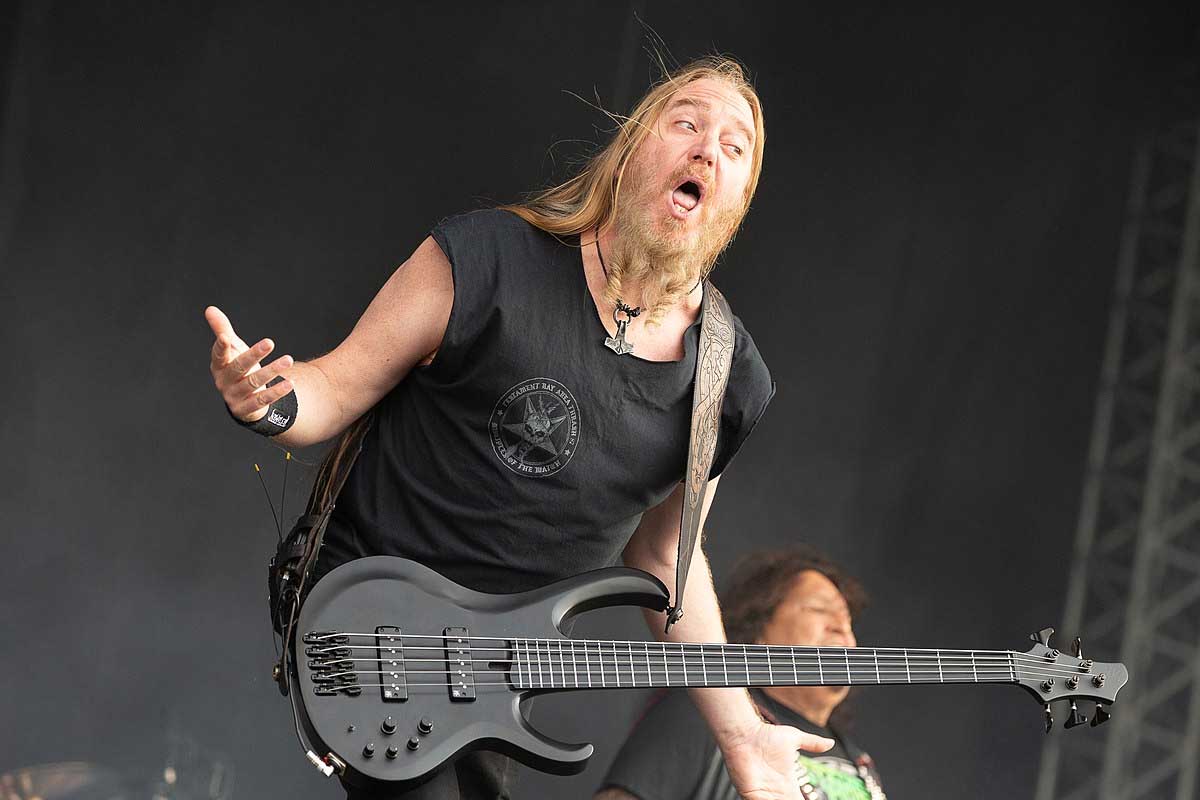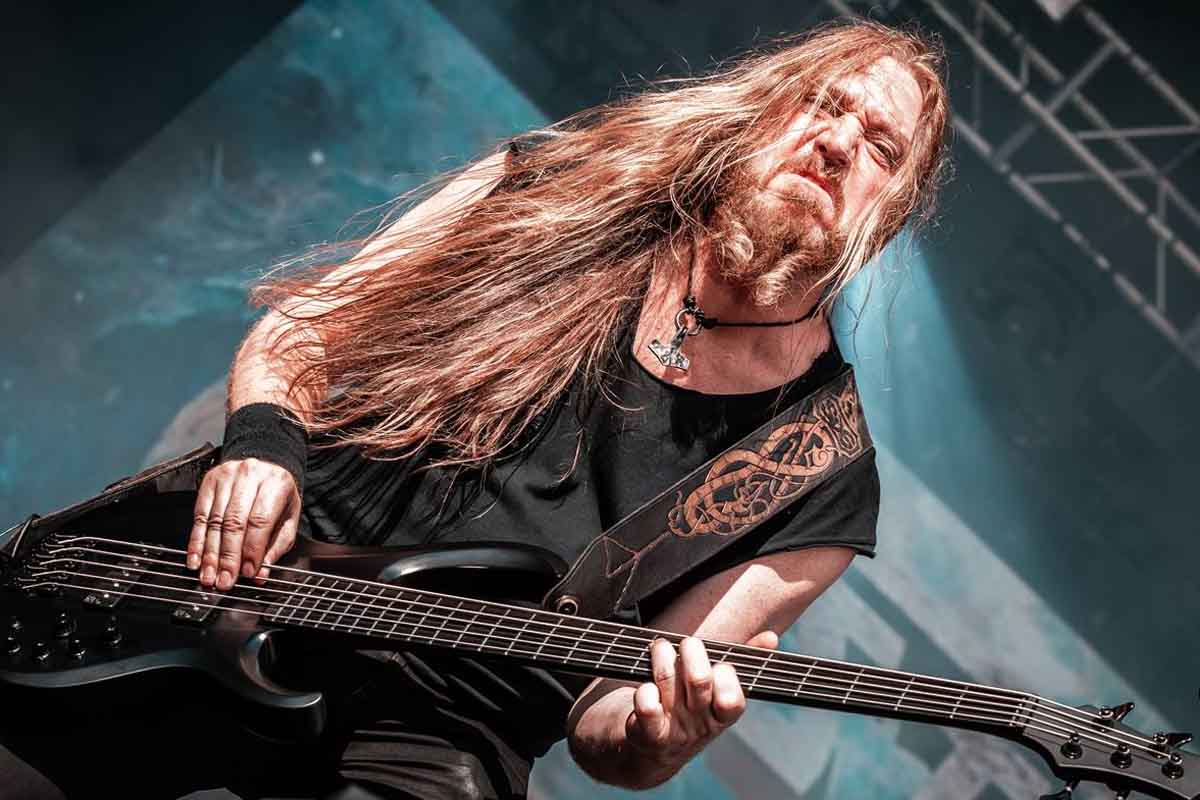Testament bassist Steve Di Giorgio has addressed the impact of Metallica’s production choices in an interview with Ultimate Guitar. The discussion examined how Metallica’s ‘…And Justice for All’ album shaped bass mixing trends in metal music during the 1990s.
“And then the ’90s hit, and this new standard had come out of bass players being pushed down, pushed to the back, mixed out of there,” Di Giorgio explained. “It was happening before ‘…And Justice for All,’ but that’s the famous example of the bass being turned off during the recording.”
“That fueled me to play even more obnoxious and give it a reason to be back in the mix,” he continued, describing his response to the trend.
A debate about bass guitar’s role in metal production has continued since the release of Metallica’s 1988 album.
Di Giorgio’s perspective on bass mixing stems from his extensive experience and innovation in the metal scene. His career encompasses various notable projects and technical achievements.
Innovative Bass Techniques

For Bass Players Only reports that Di Giorgio stands among the few metal bassists who regularly use the fretless bass. This choice has brought a unique sound to the genre.
His fretless bass work has created a distinctive tonal signature. This approach separates him from conventional metal bassists of his era.
Diverse Musical Career

Metal Storm documents Di Giorgio’s versatile career beyond Testament. He has made significant contributions to legendary bands such as Death, Autopsy, and Control Denied.
His musical exploration extends past traditional metal boundaries. He founded the jazz fusion band Dark Hall, showing his ability to cross genre limitations.
Technical Innovation In Metal

Dinosaur Rock Guitar highlights Di Giorgio’s technical approach to bass playing. His innovative fingering techniques have influenced countless musicians in the metal scene.
His dedication to maintaining strong bass presence in metal productions has inspired new players. This commitment encourages musicians to push technical boundaries while preserving the instrument’s essential role in the mix.





